-
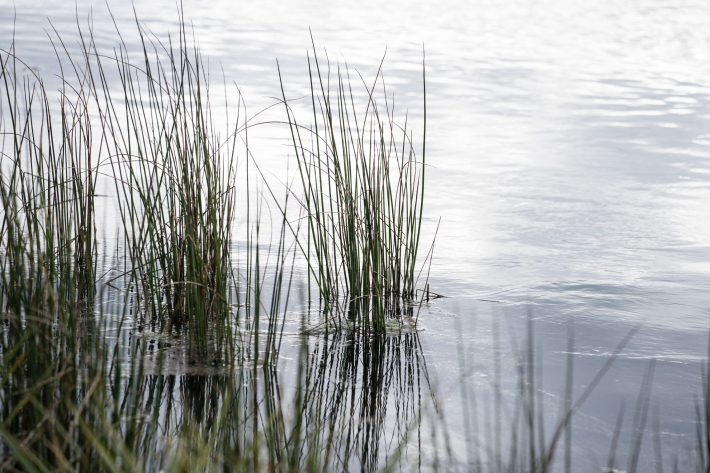
Wetlands win proves power of partnership to improve water quality
Media release06 October 2025Constructed wetlands project receives NZ award for environmental sustainability. -
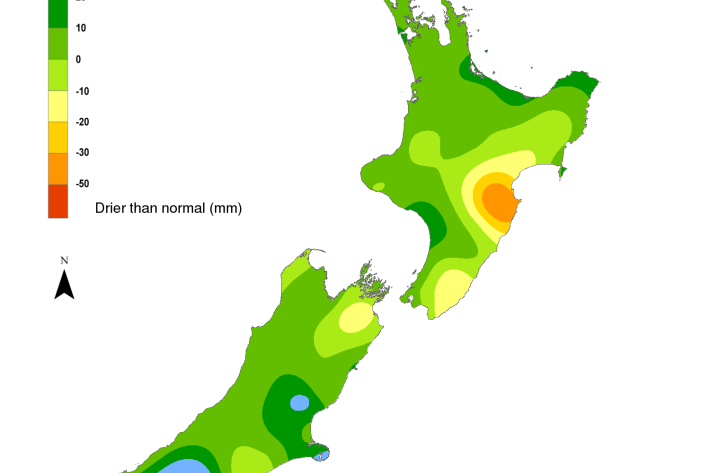
Hotspot Watch 2 October 2025
Hotspot03 October 2025A weekly update describing soil moisture patterns across the country to show where dry to extremely dry conditions are occurring or imminent. -
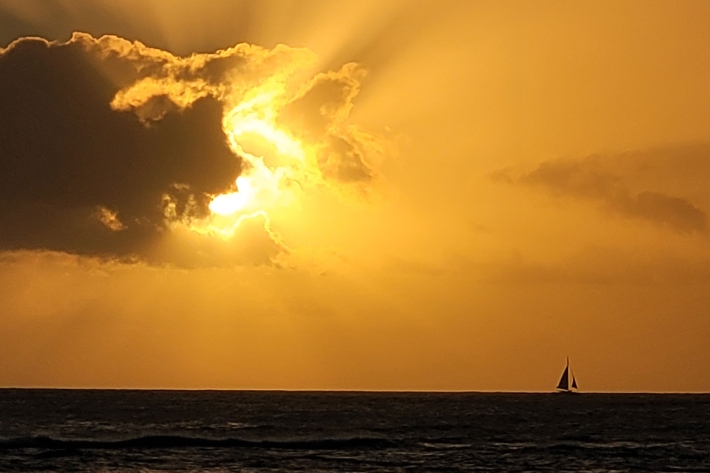
Warming oceans prompt major overhaul of how we monitor El Niño and La Niña
Media release01 October 2025Global warming is changing how we monitor one of the world’s biggest climate drivers, says Earth Sciences New Zealand. -
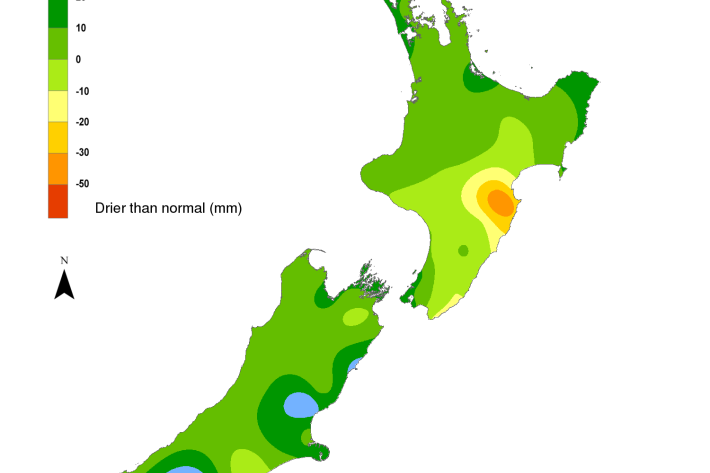
Hotspot Watch 26 September 2025
Hotspot26 September 2025A weekly update describing soil moisture patterns across the country to show where dry to extremely dry conditions are occurring or imminent. -
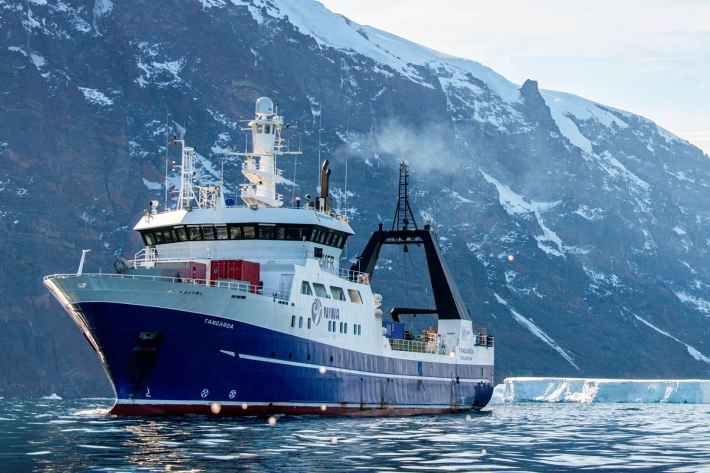
Antarctic voyage applications are open
News article24 September 2025Expressions of interest are now open for the 2027 and 2029 Antarctic voyages. -

Declining sea-ice is altering Antarctic food webs
Media release11 September 2025A new study shows a significant change in Antarctic phytoplankton over time that could cascade through the marine food web and affect the ocean’s capacity as a carbon sink. -

Earth Sciences NZ awarded more than $57 million for research
News article04 September 2025Earth Sciences New Zealand has been awarded $57,063,697 from the 2025 Ministry of Business, Innovation and Employment Endeavour Fund across five critical research programmes encompassing hazard forecasting, climate change mitigation and adaptation and untapped sources of renewable energy. -

This year’s winter snow ‘abysmal’ for many
Media release04 September 2025Winter snowfall was well below average for much of the country, says Earth Sciences New Zealand. -
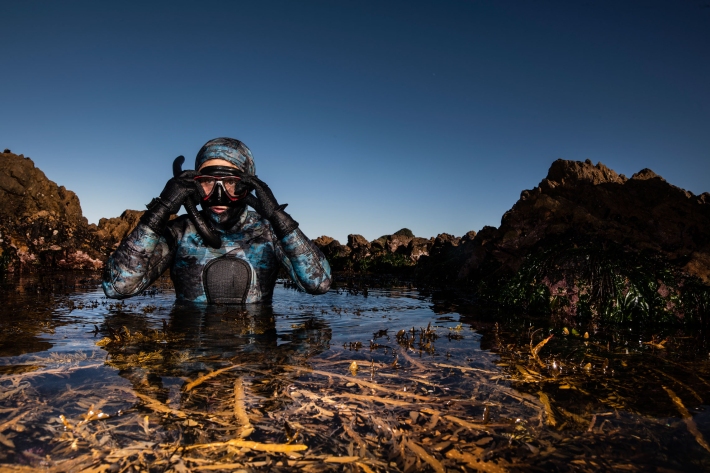
NZ waters teeming with undiscovered seaweed species, scientist says
Media release03 September 2025Scientists believe they’re only seeing a snapshot of what could be living in our subantarctic islands and deep waters. -
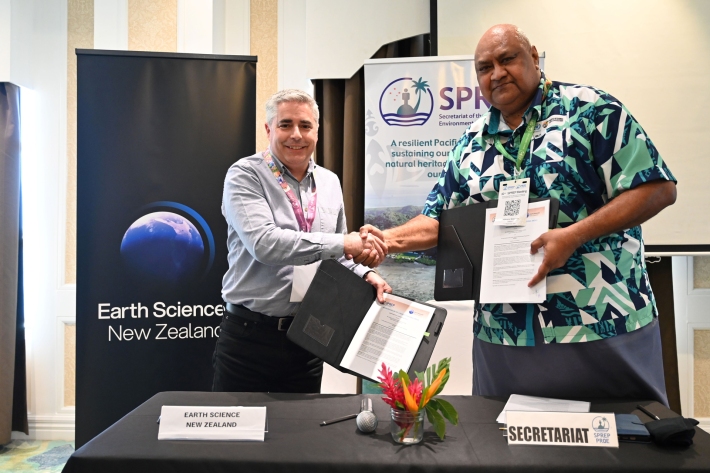
Earth Sciences & SPREP formalise partnership for Pacific climate and environmental resilience
News article01 September 2025Joint media release -

Earth Sciences NZ seeks its first Chief Executive
News article29 August 2025 -

Unveiling Cascade: A $35 Million Leap Towards New Zealand's Technological Future
Media release27 August 2025New Zealand’s newest and largest supercomputer has produced its first weather forecast.
